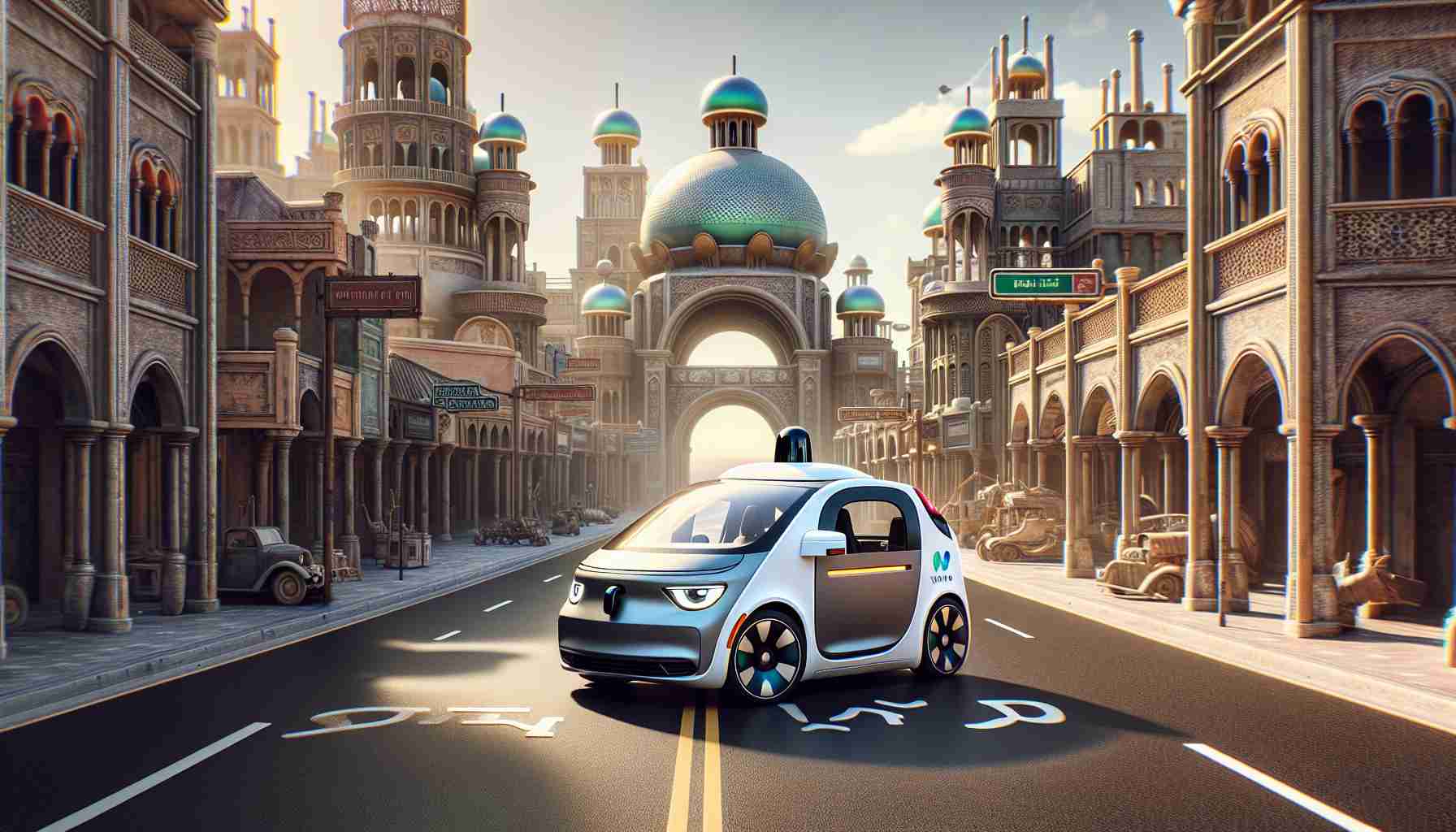New Horizons for Self-Driving Cars
Waymo has forged a significant alliance with Nihon Kotsu and the ride-hailing service GO, marking a historic expansion for its autonomous vehicles beyond American borders. This collaboration aims to tailor Waymo’s self-driving technology to navigate Japan’s unique left-hand traffic and the bustling urban landscape of Tokyo. The partnership indicates Waymo’s strategic intent to engage with local government bodies and community organizations, ensuring a smooth integration into the intricate tapestry of Tokyo’s transportation system.
The initiative is poised to introduce the eco-friendly Jaguar I-PACE to the heart of Tokyo by 2025. Through this collaboration, Nihon Kotsu will conduct extensive manual mapping of Tokyo’s streets to facilitate the operational readiness of these electric vehicles. This crucial mapping phase is expected to enhance the capabilities of Waymo Driver, the company’s flagship autonomous driving technology. Additionally, advanced simulations will refine the artificial intelligence that powers these autonomous systems, enabling them to adjust to new environments effectively.
Currently, Waymo operates extensively in major U.S. cities such as San Francisco, Los Angeles, and Phoenix, with plans to expand further into Miami by 2026 and Austin and Atlanta next year through a strategic partnership with Uber.
The announcement of this international partnership arrives following the news that General Motors has ceased funding for its autonomous vehicle division, Cruise, reflecting the evolving landscape of the self-driving industry.
Waymo’s Global Expansion: Revolutionizing Autonomous Ride-Hailing in Tokyo
Waymo, a front-runner in the autonomous vehicle sector, is making waves with its recent partnership with Nihon Kotsu and the ride-hailing service GO. This alliance marks a pivotal step in Waymo’s strategy to introduce self-driving cars on Japanese roads, particularly in Tokyo, known for its unique left-hand traffic and dense urban environment. This collaboration aims not just to implement autonomous technology but also to integrate it seamlessly within the local transportation network.
Innovations in Mapping and Navigation
To facilitate their entry, Nihon Kotsu will undertake a comprehensive mapping initiative of Tokyo’s intricate streets, essential for the operational readiness of Waymo’s electric vehicles, specifically the Jaguar I-PACE. This manual mapping is expected to yield critical data that will assist in refining Waymo’s self-driving technology, enhancing the performance of its Waymo Driver AI system.
Furthermore, advanced simulation techniques will be employed to help the vehicle’s artificial intelligence adapt to the nuances of Tokyo’s roadways, including pedestrian behavior and dynamic traffic conditions. This intuitive approach underscores Waymo’s commitment to precision and safety in autonomous driving.
Future Prospects and Market Trends
As the self-driving industry evolves, major developments are anticipated. Waymo, already active in cities such as San Francisco and Los Angeles, is set to extend its services to Miami by 2026, and Austin and Atlanta from next year thanks to a partnership with Uber. This broadening of operational territories reflects a keen awareness of the global demand for autonomous transportation solutions.
Comparisons: Waymo vs. Competitors
In the competitive landscape of autonomous driving, Waymo stands out for its adaptive strategy and robust technology. While General Motors has recently discontinued funding for its autonomous division Cruise, Waymo’s proactive approach and collaboration with local firms may position it favorably against competitors in international markets.
Pros and Cons of Waymo’s Expansion
Pros:
– Local Adaptation: Working with Nihon Kotsu allows for tailored services fit for Tokyo’s traffic.
– Sustainability: Introduction of the electric Jaguar I-PACE aligns with global sustainability goals.
– Innovative AI Development: Enhanced mapping and simulation contribute to safer, more reliable self-driving technology.
Cons:
– Cultural Integration Challenges: Navigating local regulations and public perception can be complex.
– High Initial Costs: Extensive mapping and technology adaptation may incur significant costs.
Insights and Predictions
As the autonomous vehicle market continues to grow, industry experts predict that partnerships like Waymo’s with Nihon Kotsu will become increasingly common. By 2030, we could see a widespread adoption of self-driving technology globally, with major urban centers embracing autonomous vehicles as part of their public transport systems.
For more updates on autonomous vehicles and emerging transportation technologies, visit Waymo.
